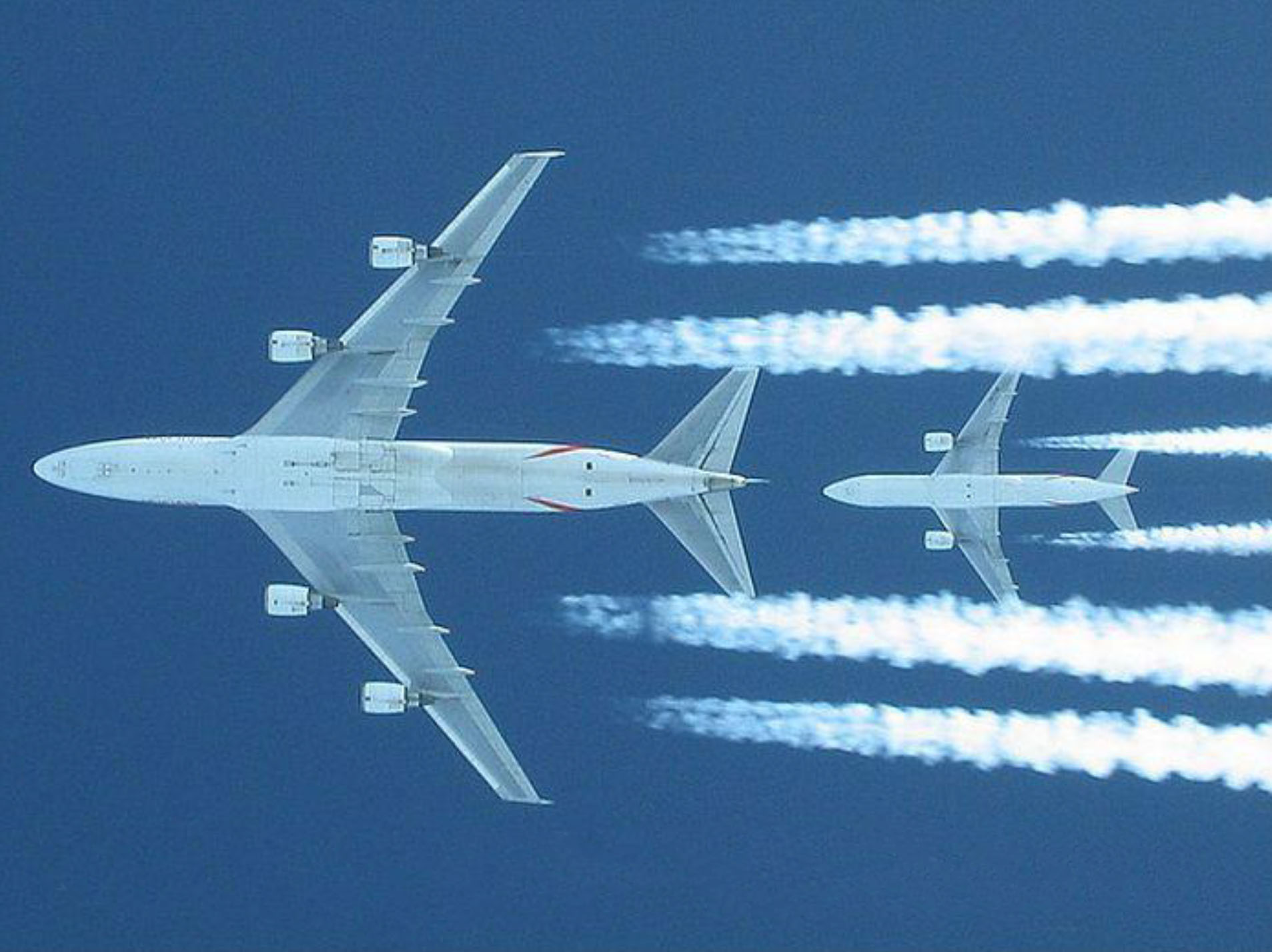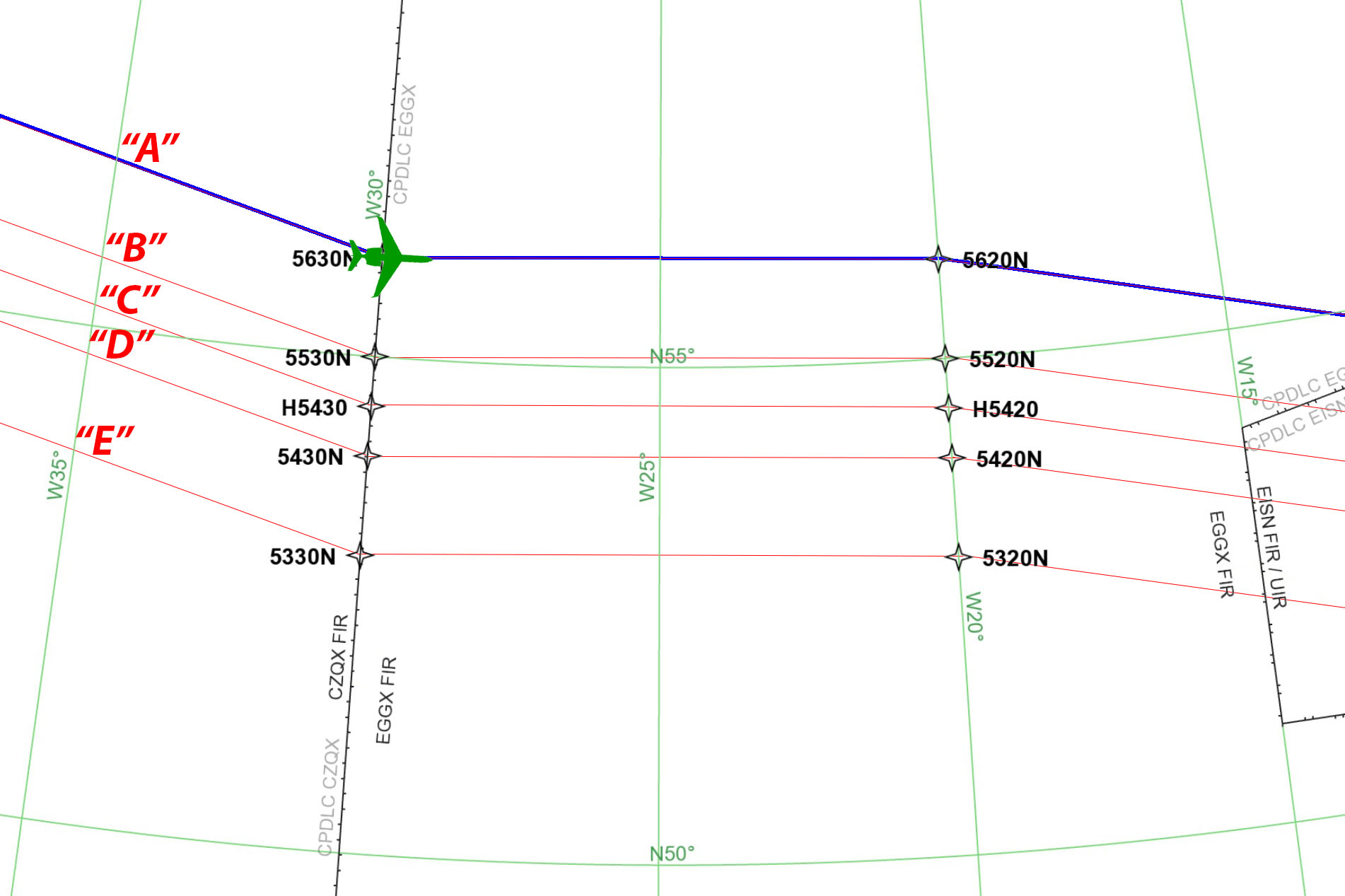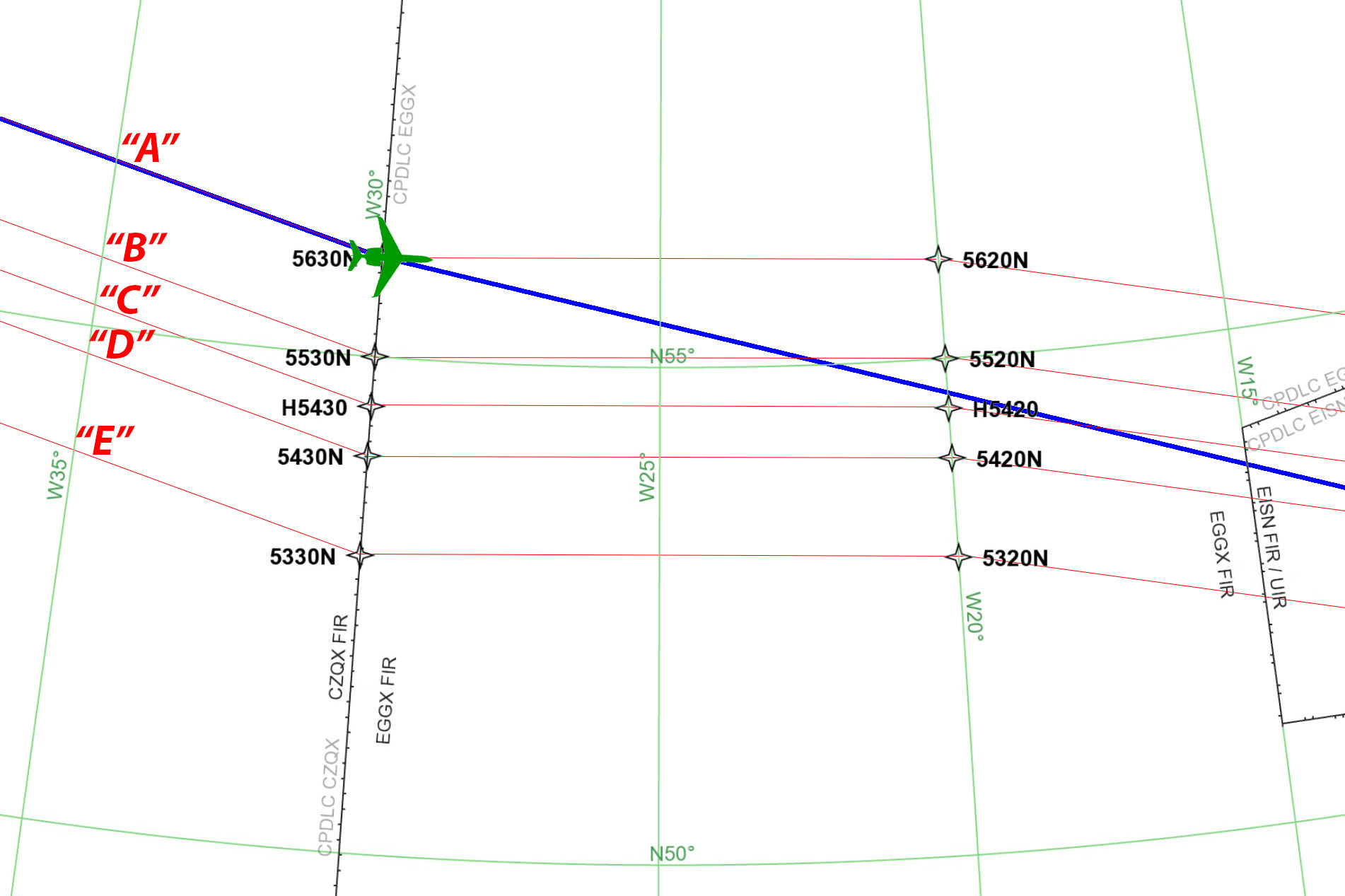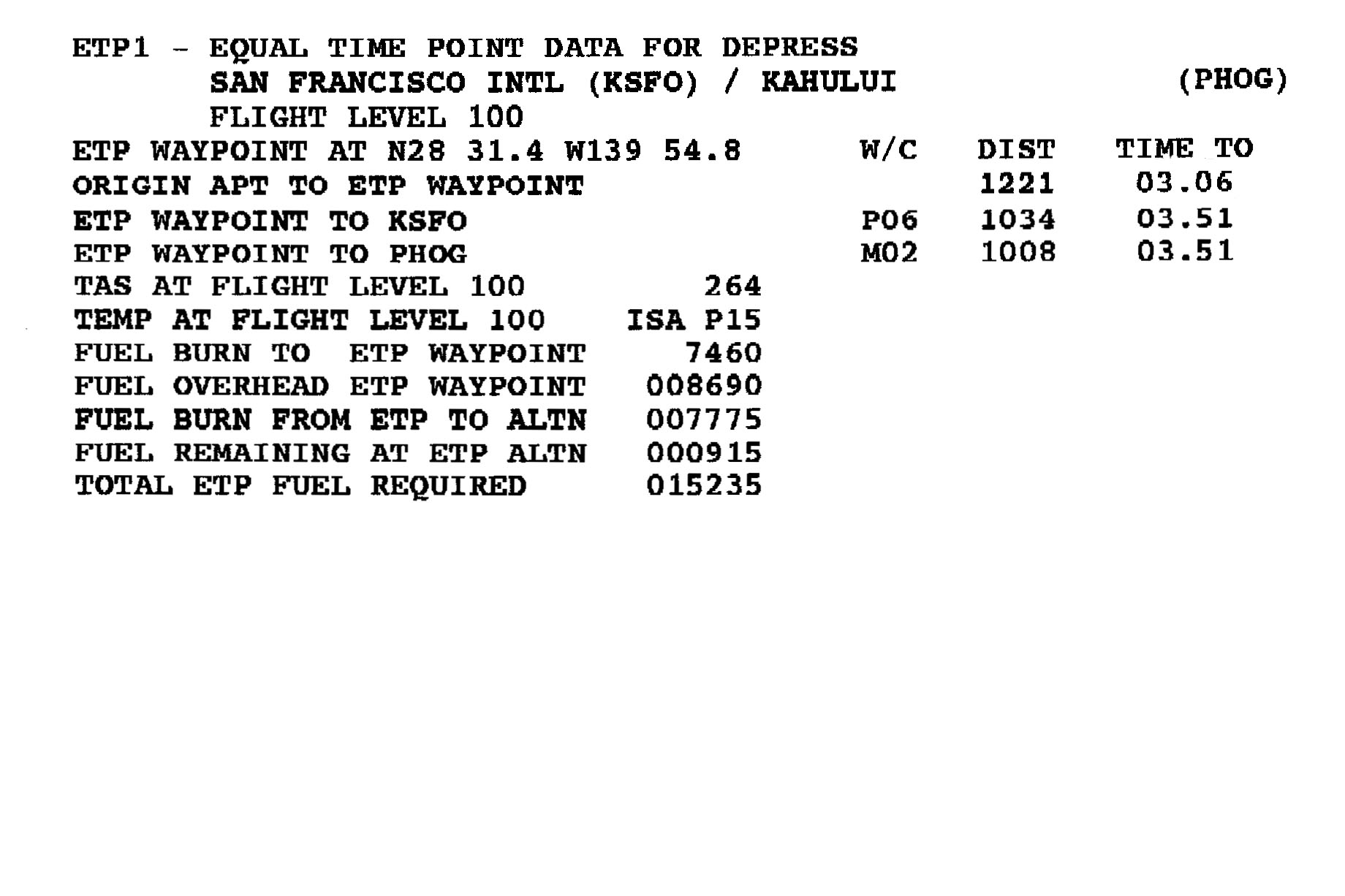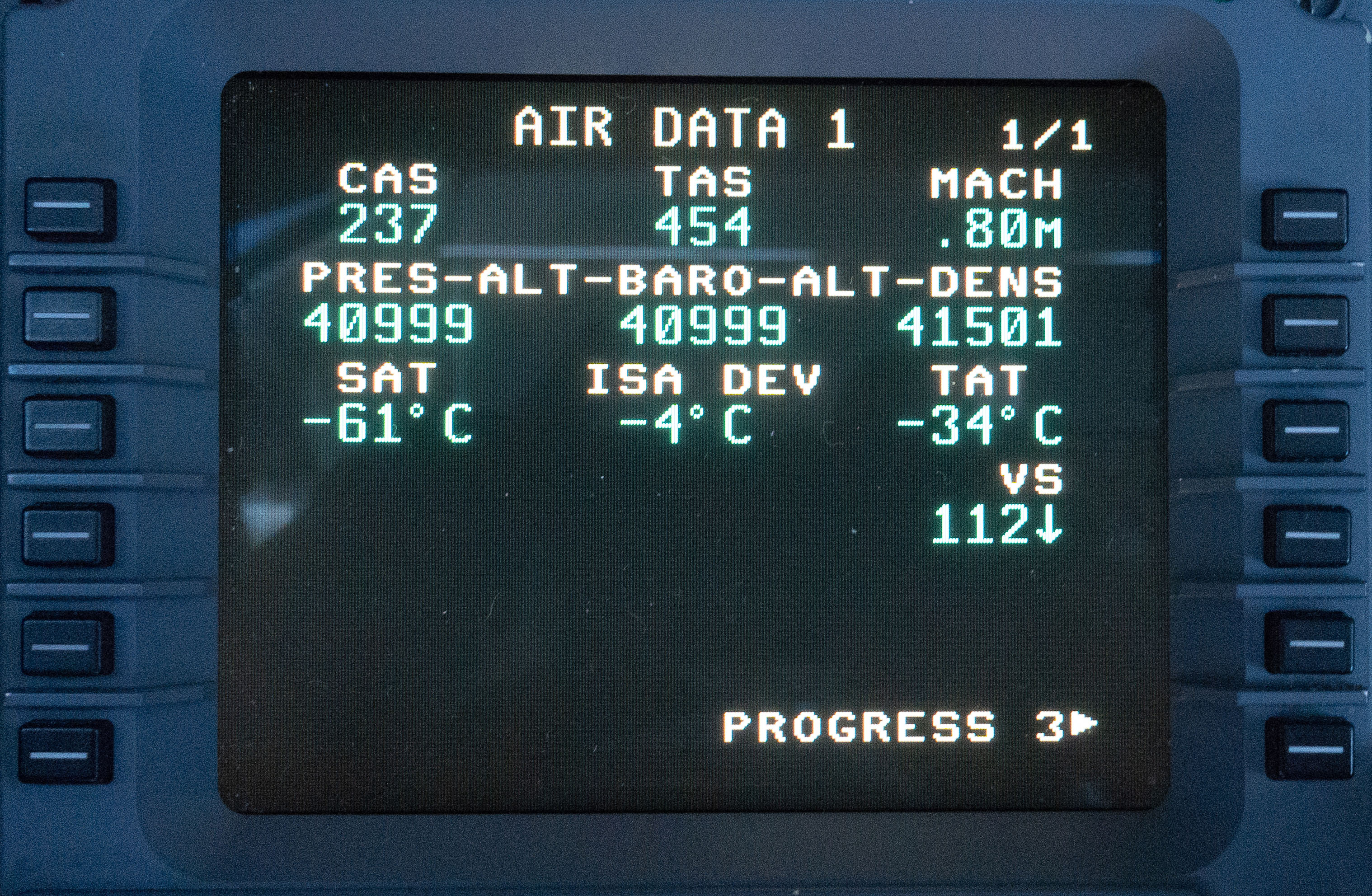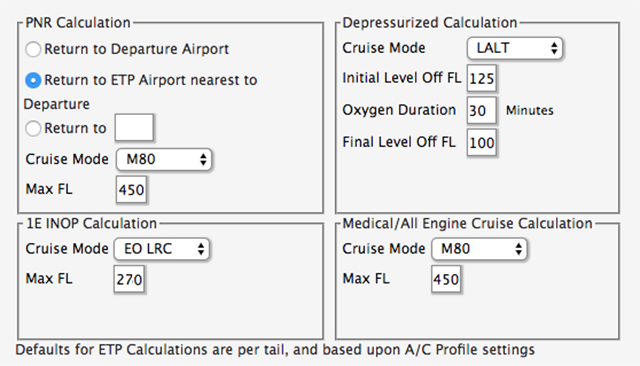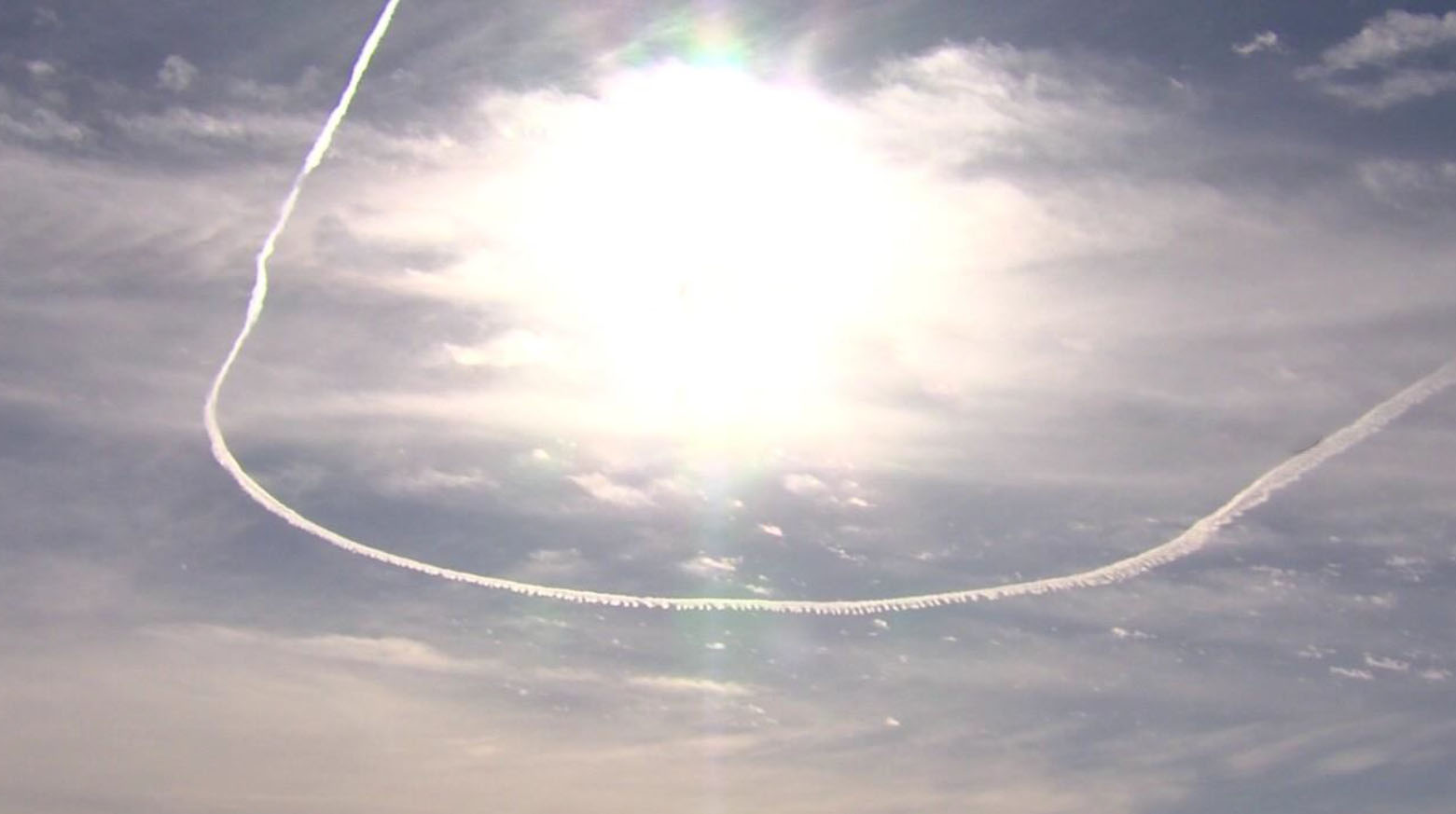I've had a few jobs where one of my primary duties was to teach others how to fly internationally. I liked to end the training with this: "The art of international operations includes the science of knowing how to pickup the pieces when they fall." And they will fall!
— James Albright

Updated:
2020-11-15
Of course the intent of that saying covers the small things, like a missed slot time, as well as the big, an engine failure at 30 West. So let's cover those big things here.
Of course we spend every aircraft recurrent talking about many of these things. We also devote a fair amount of time at international procedures courses on many of the same topics. The problem is that the theory for the first set of courses doesn't work well with the theory from the second. And in both cases, you can argue that either theory falls short of reality. You can fix this problem, but you have to know where the problem lies before you can fix anything.
6 — Improving your odds before you leave the ground

1
The real world
In most parts of the world, an oceanic track is designed to keep you separated from aircraft on adjacent tracks. You cannot turn off the track without considering the possibility of a midair collision first. With or without adjacent tracks, no matter where in the world you are, you need to have an idea where the nearest suitable alternate is at all times.
Example:
Let's say you are flying to Europe either on or above the northernmost North Atlantic Track when an engine quits just as you pass 56°North 030° West. You need to descend and your best option is to head to Shannon, Ireland (EINN).
2
Aircraft theory
The aircraft manufacturer should have evaluated your aircraft's performance and figured out the best way to squeeze the most distance for the least amount of gas in the event of an engine failure. They will have made similar computations for a depressurization scenario and for a simple diversion while remaining at altitude.
At the very least you should have made computations to figure at what point along your route of flight you can make the decision to continue or return to a set of alternate airports in front or behind you. This point is the Equal Time Point (ETP) and is a staple of international operations. Your flight planning service very likely makes these computations for you. But what are the assumptions behind the numbers?
AFM Drift Down Procedure
Your ETP is probably designed for you to do the following:
- Set your operating engine(s) to a maximum thrust setting, while turning directly to your alternate
- Allow your speed to decay to drift down speed while maintaining altitude (this may happen almost immediately or in a minute or so for most two-engine aircraft)
- As drift down speed is reached, descend at that speed until at drift down altitude
This gets you to your ETP alternate at the predicted fuel level, provided the winds, temperature, and other considerations cooperate. In other words, it is a best case scenario. But what is the route of flight for this diversion?
Routing
Many pilots assume that when they approach an Equal Time Point (ETP), they will have smooth sailing getting to either ETP airport. It is a safety factor, after all. But they may be surprised to hear that most ETP calculations assume a straight line route of flight and do not provide for approach fuel or any additional fuel needed for the approach or APU.
For more about ETP calculations, see: Equal Time Points.
Example:
Yup, the ETP is based on a straight line. In a G450 at common weights, for example, the cruise speed of 0.80 Mach is identical to your drift down speed, it will take you 38 minutes and 254 nautical miles to descend to your drift down altitude of 29,000 feet. Unfortunately this means crossing two tracks to your south.
In our example, that would mean a twin-engine turned single-engine Gulfstream would turn right off Track "A" and would end up crossing Track "B" about 100 nm west of 020° west. The descent is begun immediately, possibly encroaching on lower traffic on Track "A" and probably also those on Track "B" using the expected descent rate. Because the center tracks are now spaced at half a degree latitude, our descent may actually cross a third track before reach an altitude below the tracks. The crew can expect to make it to Shannon with the amount of fuel promised by their ETP calculations, provided they avoid hitting anyone.
You may argue that it just doesn't matter, since you normally carry enough gas for every situation. That is true for some situations but not all. In the example above, a Challenger 601 can make Santa Ana, California to Kona, Hawaii without too much trouble. But if they were to lose cabin pressurization at their KSFO - PHOG Equal Time Point, they could find themselves on final with just enough gas for one approach.
What about an "ultra long range" aircraft like a GV? I once flew a GV from Wilmington, Delaware to Kona, Hawaii and landed with enough gas to make California without refueling. But a GV from Paris to Los Angeles can find itself with similarly paltry amounts of fuel flying over desolate regions of Canada. The critical lesson here is that you cannot assume you are going to be okay at an ETP alternate just because you will have lots of gas when you land at your planned destination.
3
Regulatory theory
The ICAO cleaned up the disparate procedures for oceanic contingencies nicely about 2007, then again early 2020, and now once again November 5, 2020. So what follows below are:
The old "Quad Four" maneuver to turn 45° away from track, offset 15 NM, pick an altitude, etc. is gone. With the exception of lost communications timing in the Pacific, almost all of the world is on a single oceanic contingency procedure. Now you diverge from the route by 30°, offset by 5 NM, and then descend below FL 290 or climb above FL 410.
Of course there may be regional differences that supersede these procedures and you should use your judgment to ensure safety. If you can communicate with ATC via voice or CPDLC, your options might expand.
For more about what the ICAO wants you to do, see: Oceanic Contingencies.
4
Reality
It would seem to be a conundrum:
- a straight line to your alternate while minimizing altitude loss (as aircraft theory would demand) gets you to your alternate airport with the predicted fuel but risks a midair collision, but
- flying ICAO descents, altitudes, and routes (as regulatory theory would have you do) avoids the midair but risks a water landing.
What's a pilot to do?
Every situation is different but you need to come up with a way to minimize risk while maximizing survivability. Here is a possible solution for our example scenario. It is up to you to come up with an escape plan for each of your oceanic route segments.
Example:
While each situation is different, looking at the big picture you can come up with a plan to maximize the use of "safe zones" between tracks. In our example:
- We enter a direct leg to the next waypoint, one leg to the south (5520N).
- We maintain altitude (and sacrifice drift down speed) while making note of the ETE to the next waypoint.
- At one-fourth of the ETE we know we are one-fourth of the total distance between tracks (60 nm in this example) and therefore beyond 15 nm and safe to begin our descent.
- We realize that we must be below the tracks by three-quarters of our ETE so we use our FMS vertical navigation to plan a descent that has us level when 15 nm of the next track.
This method isn't as efficient as the AFM procedure but offers greater assurance of not encroaching on another aircraft's airspace. This method will, however, get us to the alternate with more gas than the purely Quad Four maneuver. Each situation is different, this should provide an example of the type of "heads up" thinking that will serve you well.
5
Waypoint briefing
Depending on your aircraft, the time between an engine failure and needing to start down can be only seconds. Many twin-engine aircraft cruise right at their drift down speeds (such as a Gulfstream G450). Others give you more time (like a Challenger 605). Aircraft with three or more engines can give you 20 or 30 minutes (such as a Falcon 900). But no matter the amount of time you have, you should know what to do before it happens. A good time to think about this is at each waypoint. As your geography (distance along the route), performance (reduce weight), and endurance (reduced fuel) change, your situation changes. You need to brief a new escape plan at every waypoint.
At each waypoint you should:
- Brief the aircraft's current weight
- Look up and brief the current drift down speed and altitude
- Update the weather at any applicable alternates
- Brief the proximity of any organized tracks relative to the next leg
- Brief the planned direction of turn as well as the route and altitude needed to avoid any organized tracks (your escape plan)
6
Improving your odds before you leave the ground
At the very least, you can look at your ETP fuel remaining calculation and decide to takeoff with more fuel, then replan at the higher weight and possibly lower altitudes. If your flight planning service allows some customization, you might be able to dial in these extra margins automatically.
The Problem
- The distance is a direct line from the ETP to the alternate airport; it doesn't make any allowance for having to circumnavigate any tracks, vectors around traffic, or to make an instrument approach.
- In a depressurization scenario, you end up at 10,000 or 12,500 feet. Will the cabin be warm enough? Maybe 10,000 feet is too high? How much fuel will it take to fly lower?
- In a drift down scenario, the pure math assumes you will be descending according to the manufacturer's drift down procedures. But will you be able to do that if there are any tracks between you and the alternate?
The Solution
Your flight planning service may allow you to add factors to your ETP fuel computations. ARINC Direct, for example, adds a default 45 minutes of holding at the ETP airport at 1,500 feet AGL at AFM holding speeds. You can change many of the calculation assumptions directly on the "Create Flight Plan" page. Here are a few ideas on how to best customize this:
- 1E INOP Calculation — If your aircraft has a drift down altitude above FL 280 for most weights, lowering the value to FL 275 will add enough fuel to make sure you have enough fuel to fly below the tracks.
- Depressurized Calculation — Some aircraft have more oxygen than fuel, with others it is the opposite. No matter your situation, you should realize the passenger masks on most aircraft are only good enough to get them from altitude to unpressurized altitudes.
7
180 degree turn at altitude
Making a 180° turn at altitude isn't as simple as one might think. At most crossing altitudes your true airspeed will be very high, 400 knots or higher. Your available bank angle will be less, say around 17° or so. If you are on track with 30 nautical mile spacing, you will be getting very close to your neighbors. With 15 nautical mile spacing? Forget about it. Within an organized track system, it may not be possible at all. It is something to consider.
Computing your turn radius is simply a matter of dividing your true airspeed by the mathematical tangent of your bank angle and a magical factor:
where:
r = turn radius, ft
V = velocity, knots (TAS)
θ = bank angle, degrees
More about this: Turn Performance.
Of course the turn diameter is double this and you also need to figure on wind effects.
In the case of a Gulfstream 450 and FL 410 doing 0.80 Mach (around 460 KTAS), limited to 17° of bank, the turn radius is just a bit over 10 nm which means the diameter is just over 20 nm. If you are on a Reduced Lateral Separation track, with only 30 nm between tracks, the distance gets eaten up quickly. If you are flying east bound with a 2 nm Strategic Lateral Offset Procedures (SLOP) and need to turn right, you could end up 30 - 2 - 20 = 8 nm of the next track.
8
Polar alternates
Imagine a scenario where you are flying above 70° North latitude and still have five hours left in the flight. One of your passengers appears to be suffering a stroke. You have an alternate right in front of you. Easy decision, right? Not so fast.
More about this: High Latitude Operations.
The problem with some remote alternates:
- No (or very limited) medical facilities — That MedAire kit on your airplane might just be better that what you find within hours of your alternate airport. You might be better off dialing that MedAire phone number and seeing if your passenger would be better off with some of the drugs in that kit while just a few hours away from a city with a real hospital.
- No (or very limited) fuel — Sometimes you don't have an option, but you might be putting your airplane down someplace where it will have to remain for a few months.
- Very limited transportation options — If your passengers need to get out, or your mechanic needs to get in, the alternate airport may be fairly inaccessible.
- No (or very limited) lodging options — It's going to be cold and you are going to have passengers and crew that may be placed in medical jeopardy having to sleep in an unheated hangar (if they are lucky) or worse.
9
Commercial operations notes
Things get a little more complicated for commercial operators, but usually for the better. Part 121 operators, for example, need to consider many (but not all) of the problems I've shown here. A helpful reader brings any of these up and has graciously agreed to share them with you.
Even those of us who fly purely under Part 91 can take a few of these points as best practices.
Greetings,
Have read your articles forever. I appreciate the depth of thought that goes into them in trying to make the pilots safer people who THINK and aren’t just fancy FMS-typists.
A couple of other issues that are required under 121.646 that it would behoove our 91/135 brethren to consider:
- APU use. If you lose an engine, 121 Boeing people have to light the APU and account for that fuel burn (180#/hr NG and 500#/hr Classic)
- Icing. There are several ways to account for it legally. You have to account for both the amount of additional gas spent to anti-/de-ice the aircraft and DRAG caused by ice accretion on non-protected parts of the airplane for 10% of the time you are in icing. That is A WHOPPING 29% increase for the 737-500.
- A missed approach – after all this, you think you will perform well at minimums skippy? Wouldn’t it be nice to have some extra in case you had to come at it again once your heart rate was below 190 bpm? ETOPS rules required this up to 2009, then they dropped it from 121 requirements, but we still have it in our flight plans.
- Alternate weather. Most 135 operators have C055 which requires pads to the operational minimums at release. But 121 carriers have to have those pads as well as a suitable window from the EARLIEST time you could use the alternate to the LATEST time you could use it (that could be 5+ hours for your outbound). The confidence in having that alternate is far greater if it has to meet these requirements at flight release. They drop to operational mins at ETA once more than 60 min from an adequate airport (SE) but having the pads is a conservative measure.
- Wind errors: require an additional 5% fuel for wind error forecasting. While the global models from most providers are spot on, I have had several days where it looks like the computer was on break during the forecasting phase.
- Mandatory “two heads” flight planning scrutiny. With scheduled carriers, a dispatcher and PIC BOTH have to sign the flight release to make sure the other didn’t muck it up. We have flight followers who are dispatchers in all but name and it REQUIRES that both read the flight plans and agree before they sign it. One of the easiest ways to screw up: planning something for NOW using winds for TOMORROW. (checking the flight plan “calculated” time is BEFORE the ETD is a mandatory part of our checklist). That’s just one example where two heads can prevent disaster from a planning standpoint.
- 5% additional fuel unless you are part of a fuel monitoring program. If your aircraft model is tweaked to be N-number specific, awesome. But if it’s a fleet model and your aircraft has more than a few cycles on it, probably not going to get that “new airplane” efficiency. Consequently, they MANDATE additional fuel unless your model is your own.
Just some thought to consider.
Sincerely
Timothy Slater
References
(Source material)
ICAO Doc 4444 - Air Traffic Management, 16th Edition, Procedures for Air Navigation Services, International Civil Aviation Organization, October 2016
ICAO Doc 7030 - Regional Supplementary Procedures, International Civil Aviation Organization, 2008
ICAO Doc 7030, Amendment 1, International Civil Aviation Organization, 8 January 2009
ICAO Doc 7030, Amendment 9, International Civil Aviation Organization, 2 October 2017
